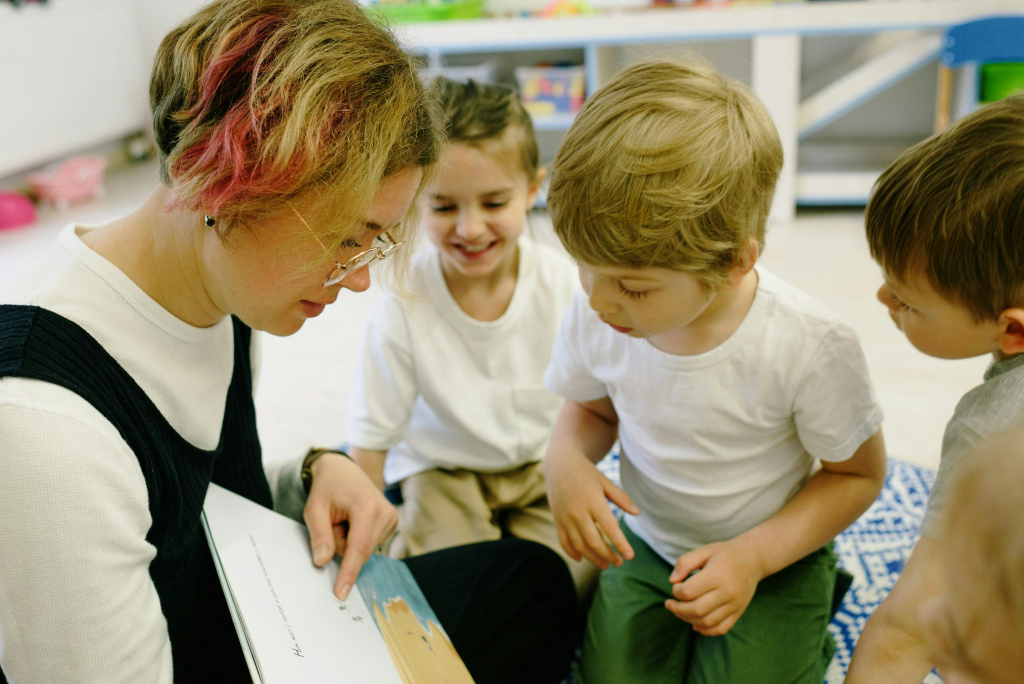
The books we read when we were young – or that were read to us – continue to influence us as we grow and move into adulthood and older age. Each book we remember comes with us on our journey through life. They crop up in various ways. We might find ourselves in a new situation and suddenly be reminded of a favourite character or an evocative scene; perhaps we retain a strong memory of the artwork from a familiar picture book or illustrated story; sometimes we become re-immersed in a fictional world when we visit a similar place in the real world; and of course, we might choose to revisit significant books and reread them out of curiosity or nostalgia, or to introduce them to a younger generation.
Each of these moments of re-encountering childhood stories helps construct what I have called a ‘lifelong reading act,’ the kernel of which is ‘a first encounter with a book’.[1] Looking backwards and forwards all at once, the lifelong reading act is not a measure of attainment, but can also be a way of understanding the influence of literature and narrative on our lives. It opens a door to the rich interpretative landscape of reading histories and can be the basis of meaningful pedagogy for teachers of English.
Although some reading acts will start in adulthood, many begin with the books we encounter in our youth. This is where most reading journeys begin. It is one of the many reasons why children’s and young adult literature is so important and why Arthur Ransome[2], C.S. Lewis[3] and Katharine Rundell have all made claims for the continuing role children’s books should play in the reading lives of adults. Or, as the author of the Mary Poppins books, P. L. Travis, once put it, literature ‘can’t help being all one river and you put into it, according to age, a small foot or a large one.'[4]
For me, Enid Blyton’s books represent one spot where I put into the river as a child and began one of many lifelong reading acts. Her writing is a key landmark of my reading journey. Perhaps you also loved Blyton as a child? Or maybe you had passionate attachments to other stories or authors – Roald Dahl, superhero comics, Little Women, the ‘Animals of Farthing Wood’ series? It is possible that, for whatever reason, you were not a great reader in your youth, and memories of books are more emotionally fraught. Or there might be early reading experiences you recall that fill you with fear or boredom.
What has all this got to do with teaching? After all, Blyton rarely appears on Key Stage 3 or 4 reading lists and neither do picture books. Your memories of reading Judy Blume under the blankets at bedtime, or sneaking a copy of Lolita off your parents’ shelf when you were too young to understand it, or building a complete collection of Goosebumps books, are unlikely to help your students navigate the high-quality, challenging literature the National Curriculum lays out.